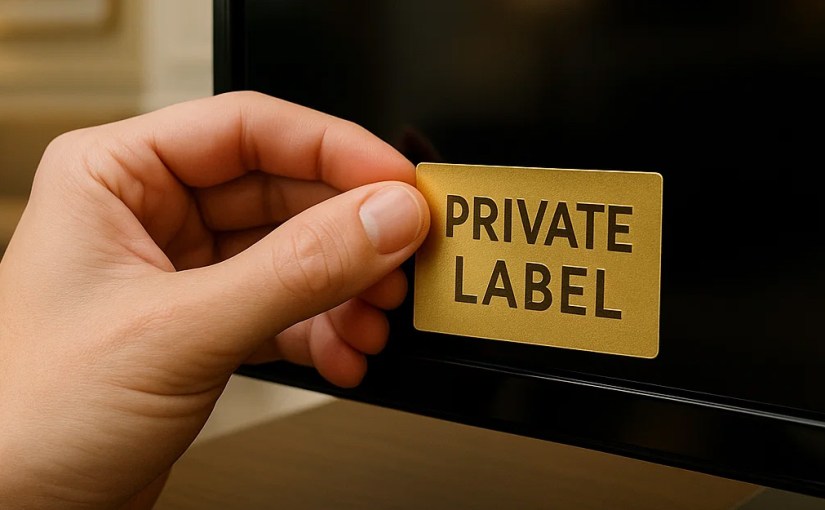If you’ve checked into a hotel or resort and flipped on the TV, you’ve probably seen a “Welcome Channel” or property-branded programming highlighting amenities, dining, or local attractions. You might wonder: what service powers those hotel and resort TV screens? In some cases, they may be powered by companies like SONIFI or Enseo. And many of their lobbies are running on It’s Relevant TV.
Hotels and resorts have unique needs: they want to entertain guests, showcase amenities, and reinforce branding—while also creating opportunities to generate additional revenue. It’s Relevant TV makes this possible without forcing outside ads onto your screens. By default, the platform is ad-free, but properties can choose to run partner advertising (like spa brands, beverage companies, or local attractions) and keep 100% of the revenue.
Why Hotels & Resorts Use Branded TV Networks
Property channels and branded hotel networks serve as a touchpoint for guest communication, upselling, and guest engagement.
- Promote on-site amenities like restaurants, spas, golf courses, or entertainment venues.
- Guide guests to loyalty programs with QR codes and on-screen calls-to-action.
- Showcase local partnerships like tours, events, or nearby dining spots.
- Keep guests entertained with fresh, engaging video content that feels more like TV than a looping slideshow.
How It’s Relevant TV Stands Apart
Some hotel TV networks are cluttered with generic ads that distract from the property’s own brand. It’s Relevant TV gives you full control—your screens feature your amenities, your promotions, and (if you choose) your ad partners. Nothing appears unless you put it there, and if you do choose to run ads, you keep 100% of the profit.
- Engaging entertainment library – Over 1,000,000 licensed TV-quality clips to keep guests watching.
- Ad-free by default – No outside commercials cluttering your guest experience.
- Revenue opportunities – Sell screen space to partners (for example, a wine brand sponsoring your lobby bar) and keep all the revenue.
- Enterprise rollout – Hotel groups can manage hundreds of properties at once, while still giving each property flexibility.
- Content safety – Keyword blocking and content controls ensure a family-friendly experience for guests of all ages.
- Interactive calls-to-action – QR codes can drive spa bookings, loyalty enrollment, or in-room dining orders.
Scalable for Hotel Groups and Independent Properties
It’s Relevant TV scales beautifully for both global hotel groups and boutique resorts. Corporate offices can enforce brand consistency while giving each property room to promote its own amenities, events, or community partnerships. Whether you’re managing 2,000 properties worldwide or a single independent resort, IRTV adapts to your size and strategy.
Why Guest Entertainment Matters
Guests don’t want to be bombarded with repetitive slideshows or outside ads they could see anywhere. It’s Relevant TV blends engaging entertainment with property-specific messaging, ensuring that your promos actually get noticed. Guests tune in for the content, and in doing so, they also discover your spa specials, loyalty perks, and partner offers.
The Takeaway
If you’ve admired branded hotel channels or resort TV networks, you don’t need to wonder if you could do the same. You can. With It’s Relevant TV, hotels and resorts of every size can build their own branded TV network—ad-free unless you choose to run partner advertising. That means full control, full flexibility, and full revenue ownership for your property.





